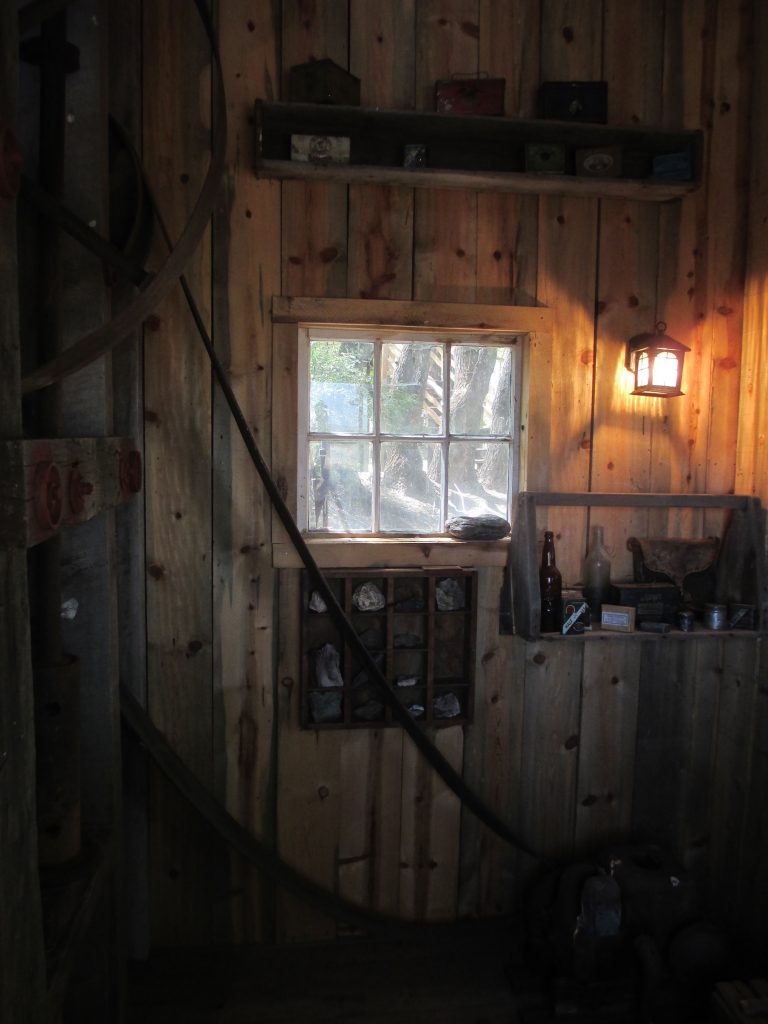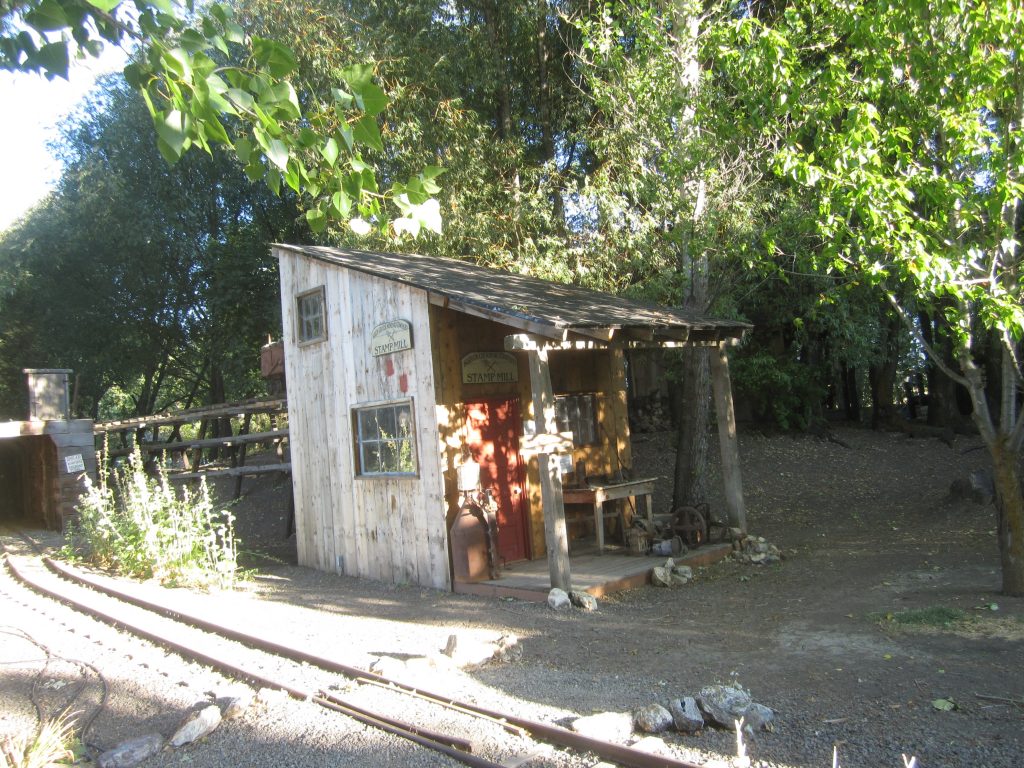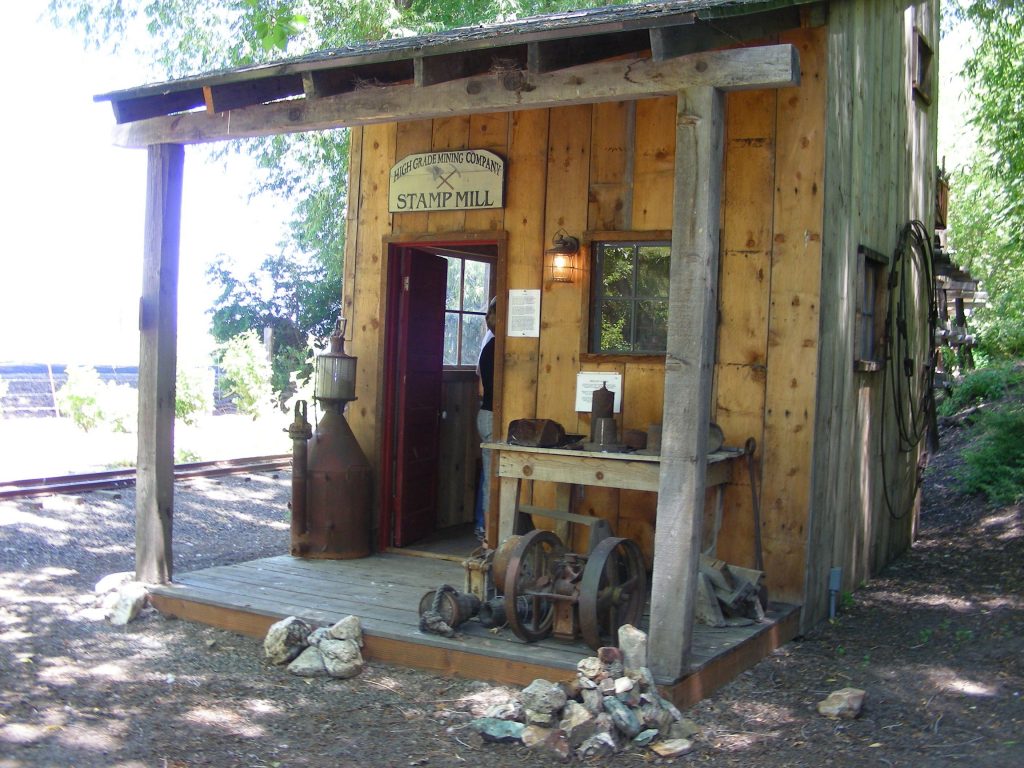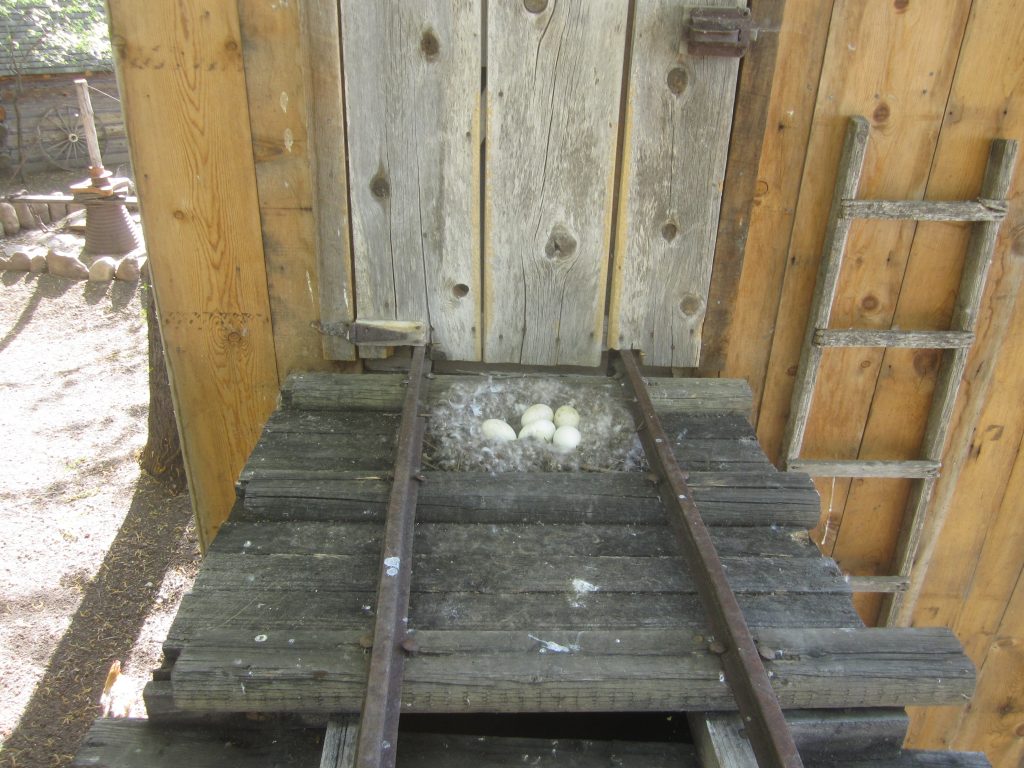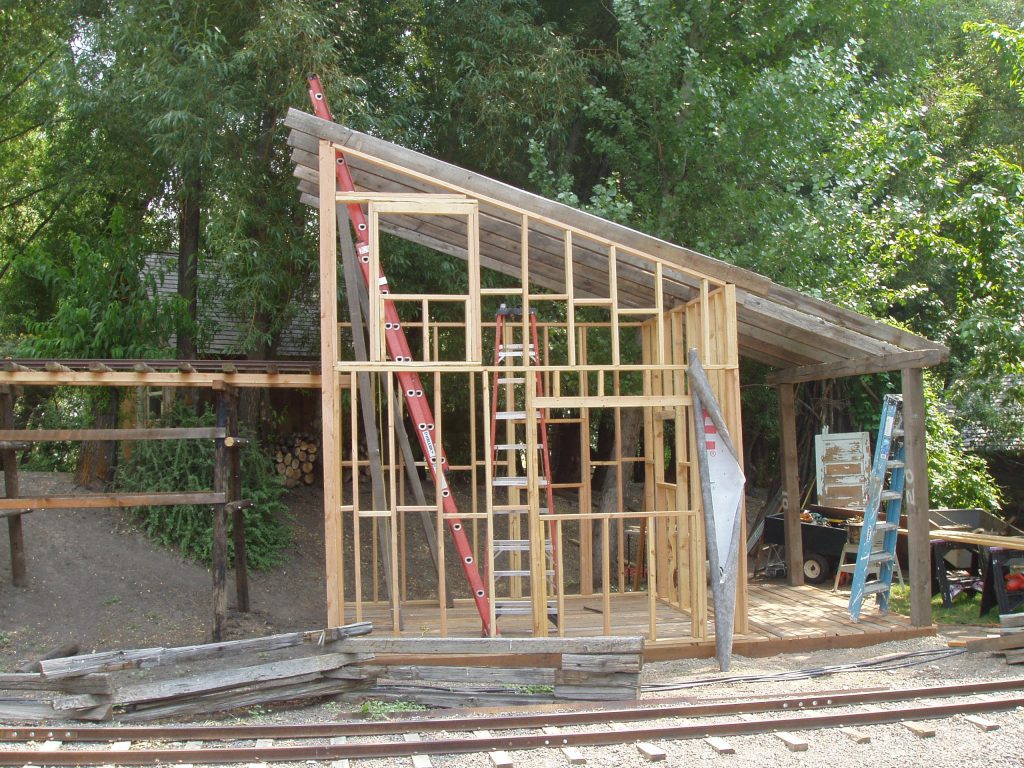HIGH GRADE MINING COMPANY STAMP MILL & TRESTLE
One of the first large facilities built in mining communities was the stamp mill. During the gold rush, when the easy surface gold (placer gold) ran out, hard rock mining was developed to follow the gold veins deep into the earth. The ore was brought to the surface and transported by ore car to the stamp mill.
After being dumped from the ore cars, the ore slides through chutes and enters the stamps. As the stamps moved up and down, they ground the ore into powder. Each stamp weighed between 650 and 900 pounds. They moved in sequence, lifting and dropping a distance of a few inches, at a rate of 100 times per minute. This stamp mill features a single small stamp that was used during the California Gold Rush. Large stamp mills had dozens of stamps. Small stamps were commonly powered by Pelton water wheels and larger ones by steam engines.
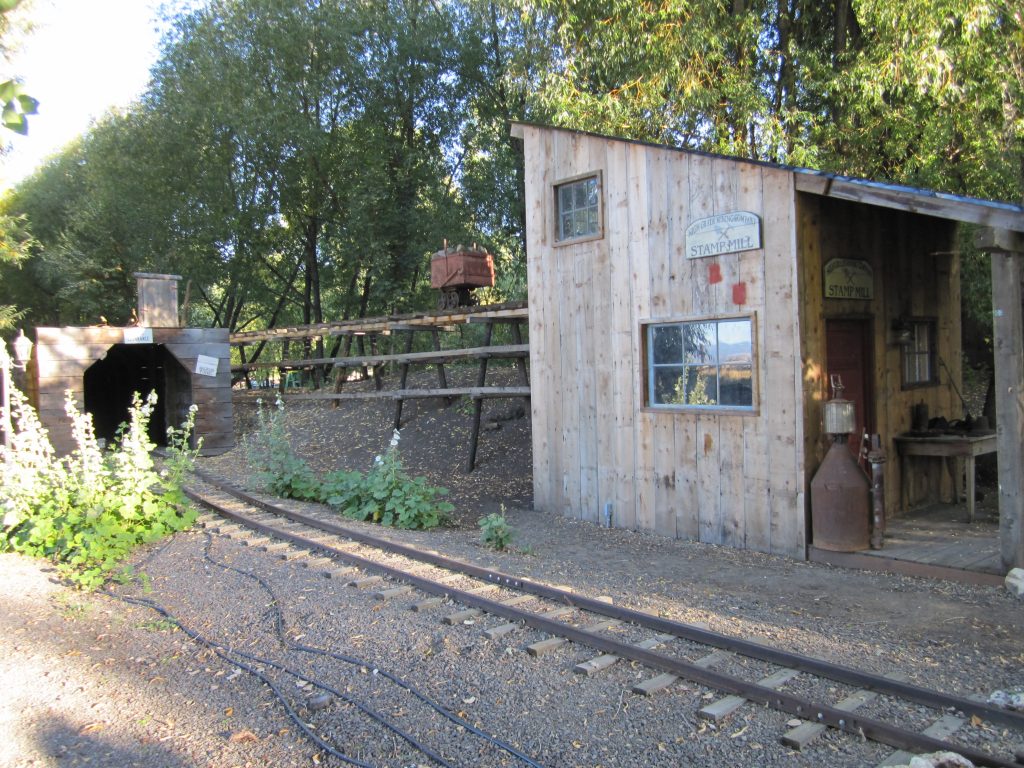
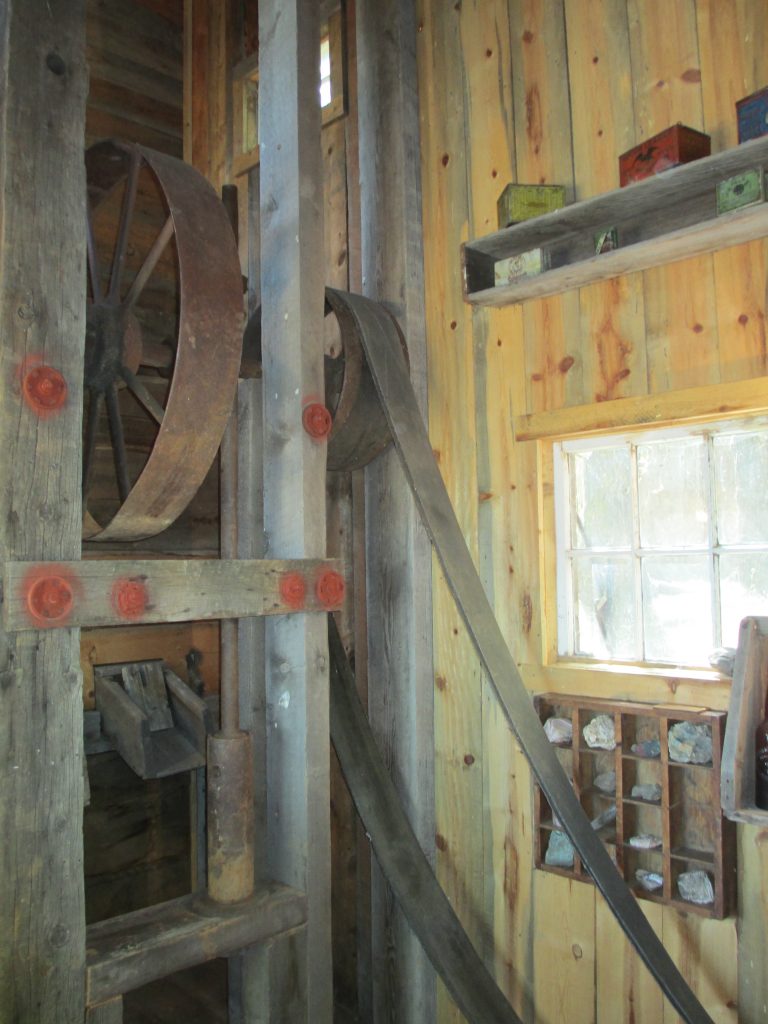
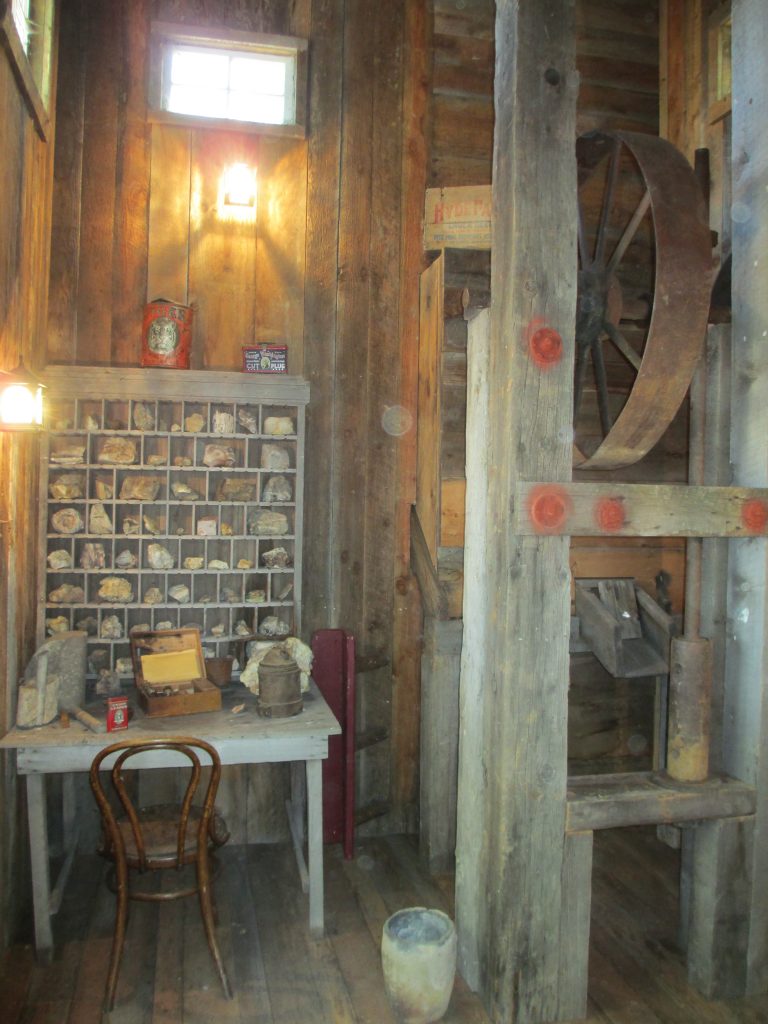


A stamp mill was built on a hillside whenever possible. This allowed the mined material to move downward through the mill by gravity. Ore cars, each holding a ton or more of rock, hauled the mined rock into the mill over trestles. In the photos above, you will see the trestle leading to our Stamp Mill.
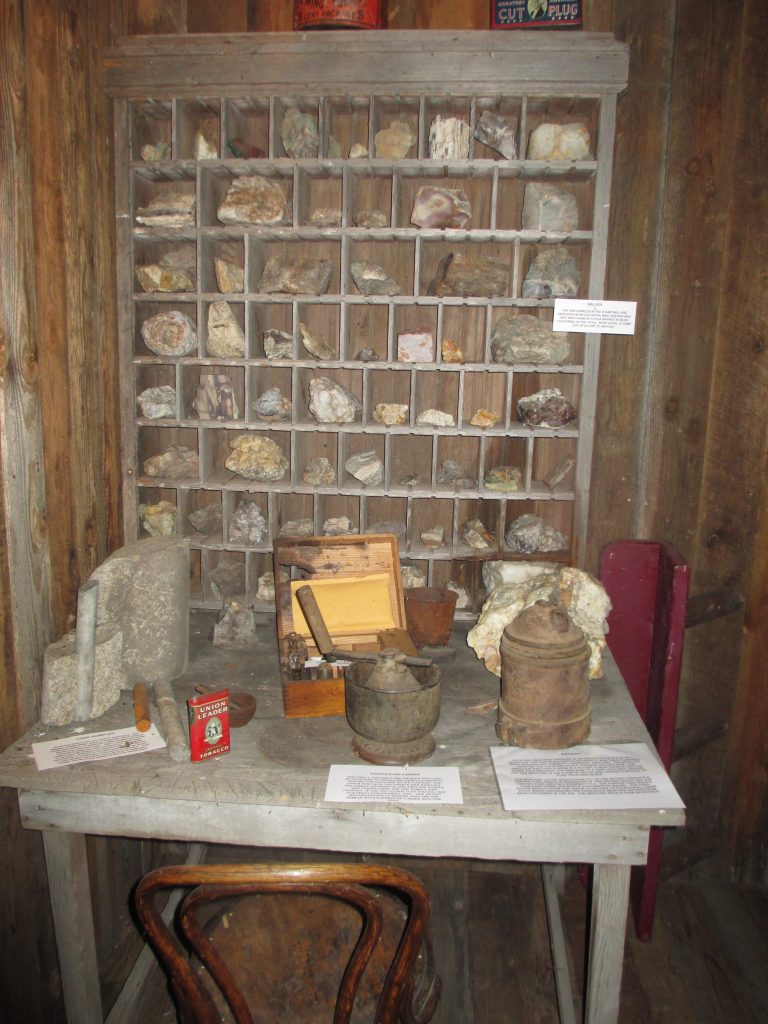
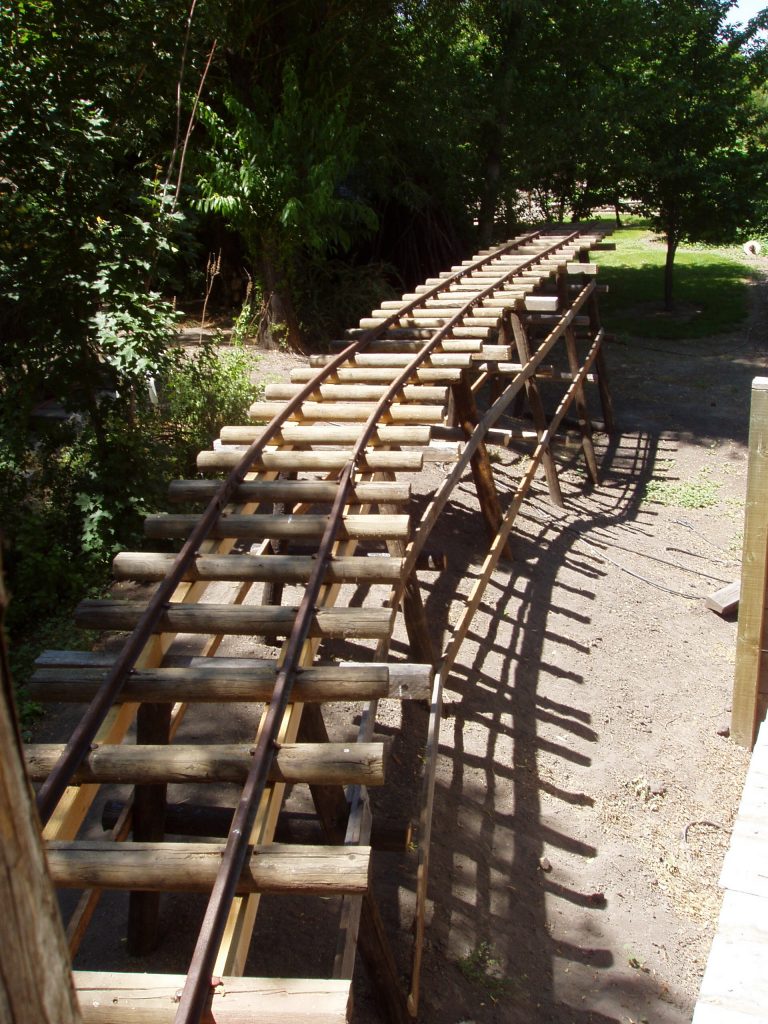



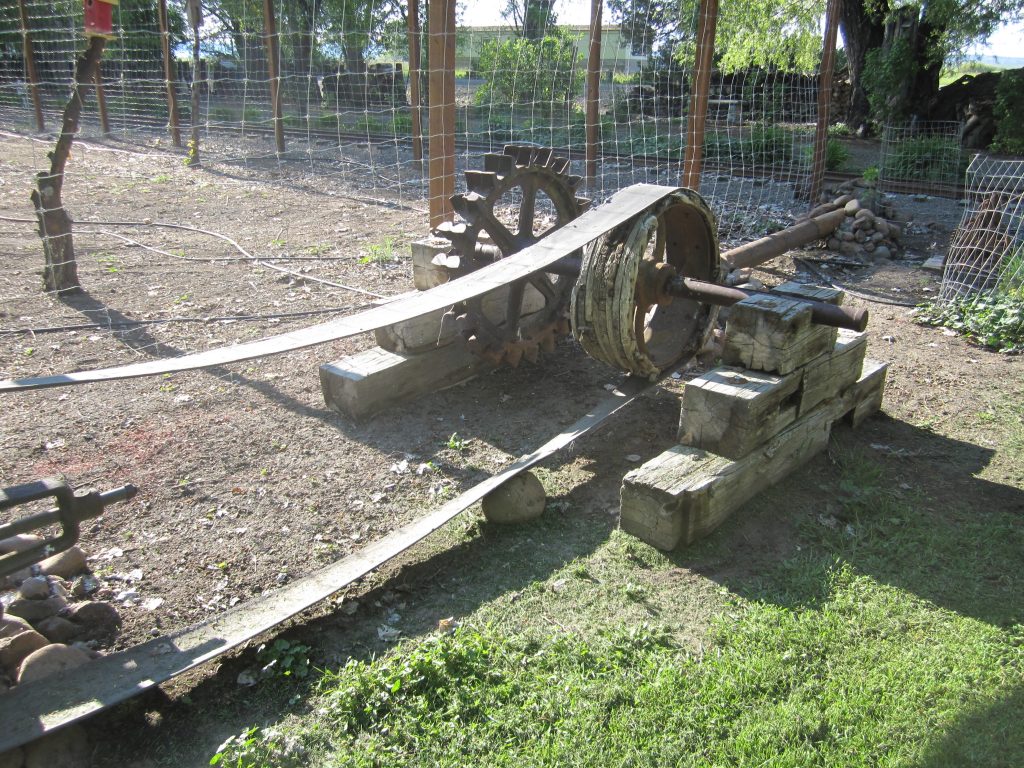
Large Pelton wheels were used in gold mines to power generators, ventilation blowers, and equipment. As water shot into the turbine, cups around the wheel would catch the water and spin, thereby turning the shaft. The shaft would then turn, which powered the mining equipment. Water wheel turbines were replaced by electric motors when electricity reached rural areas.

